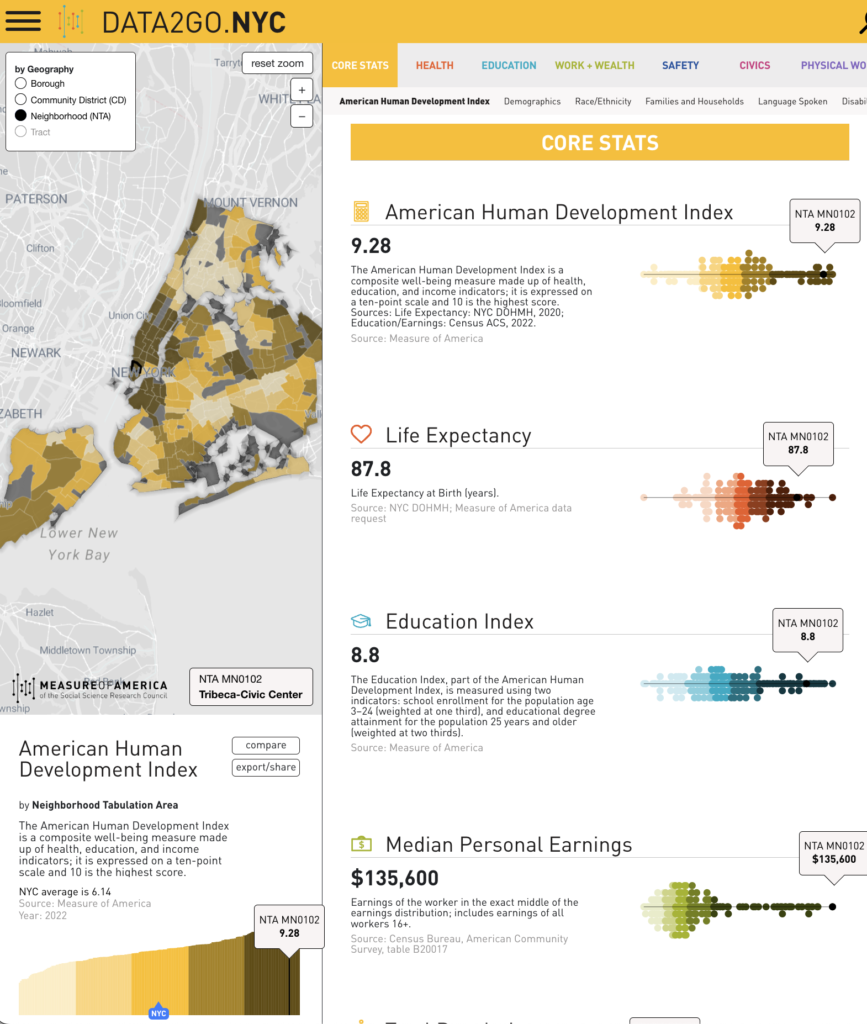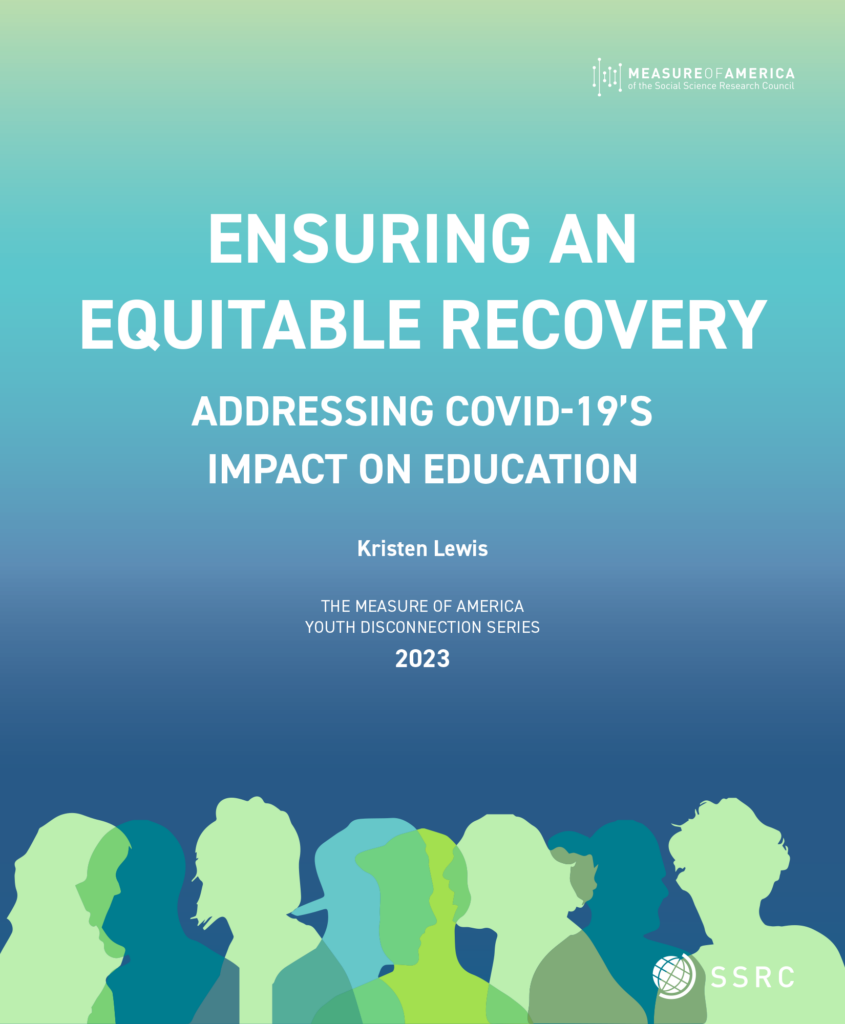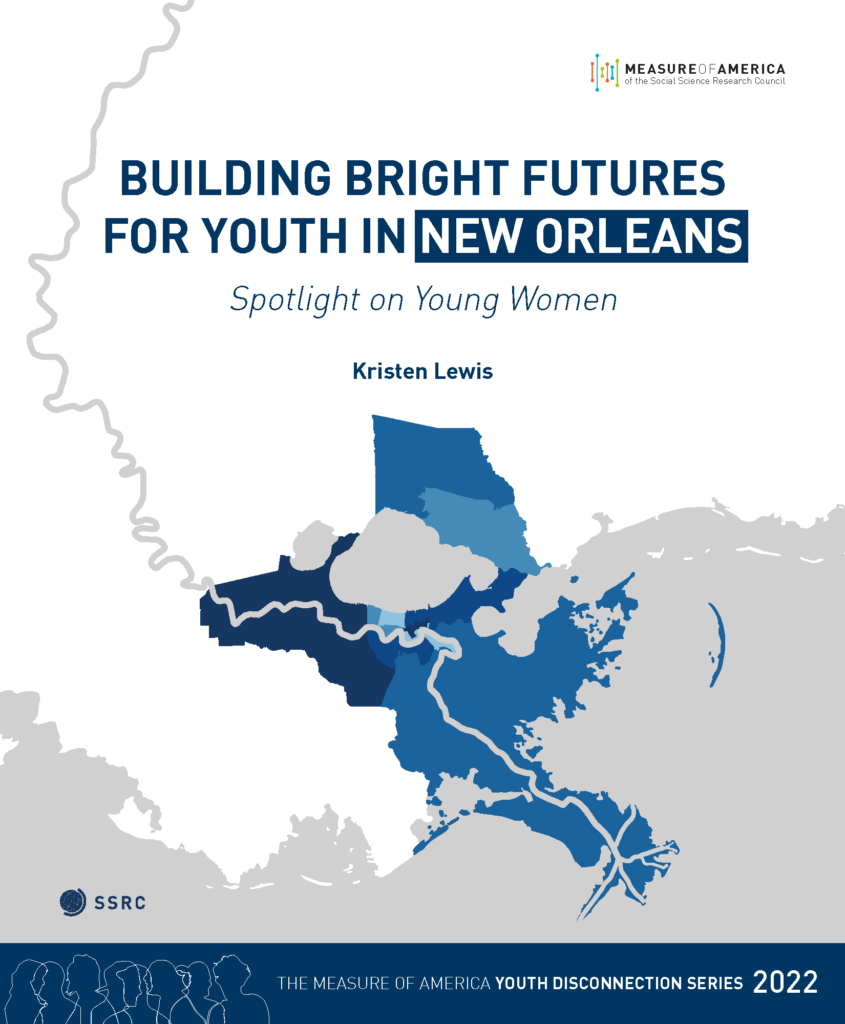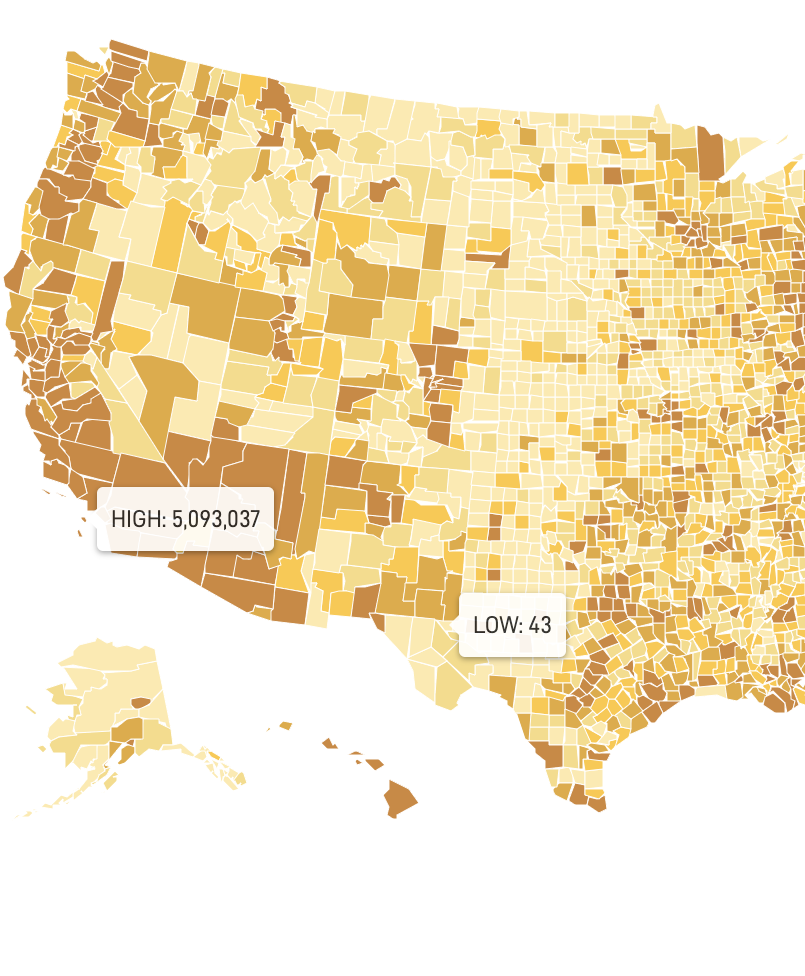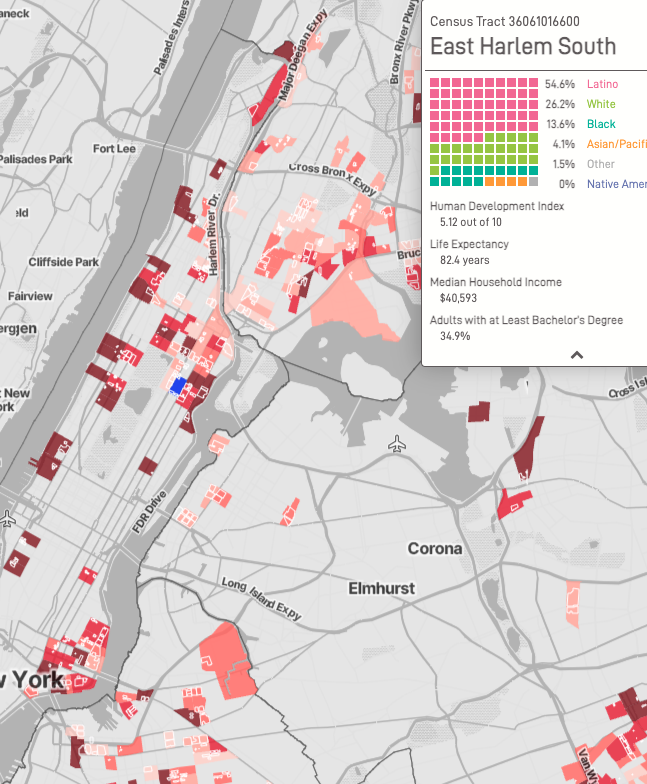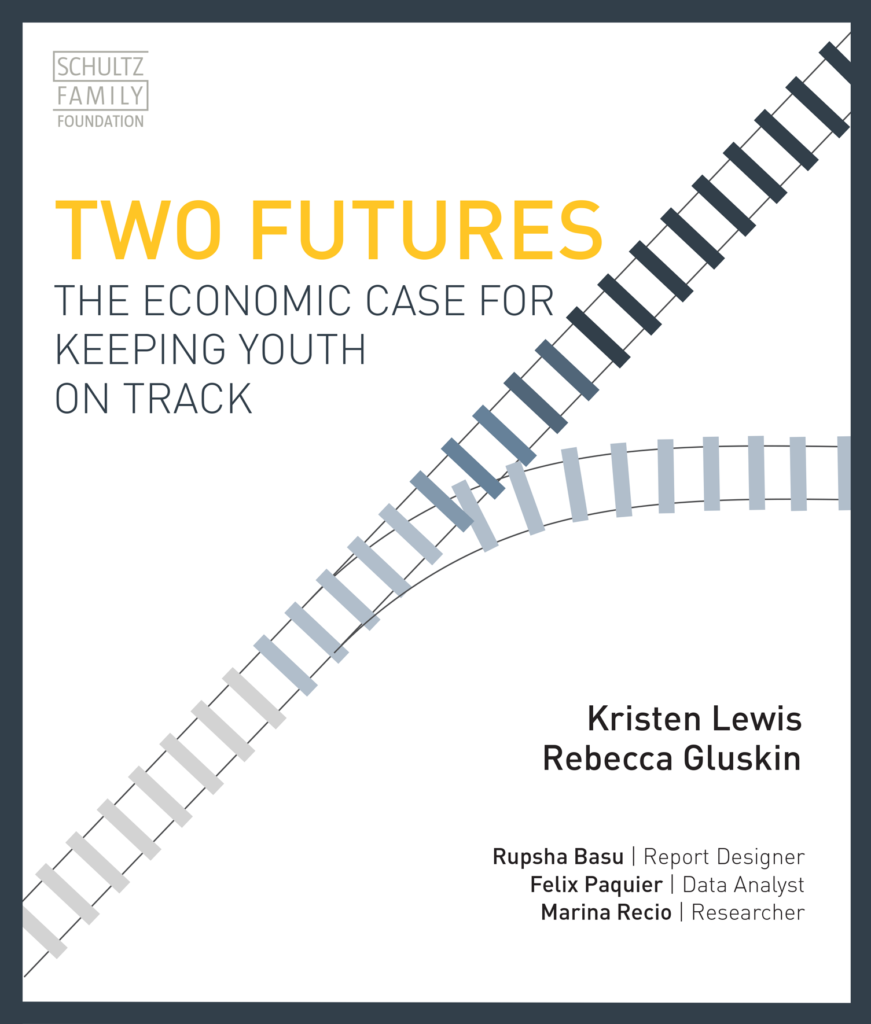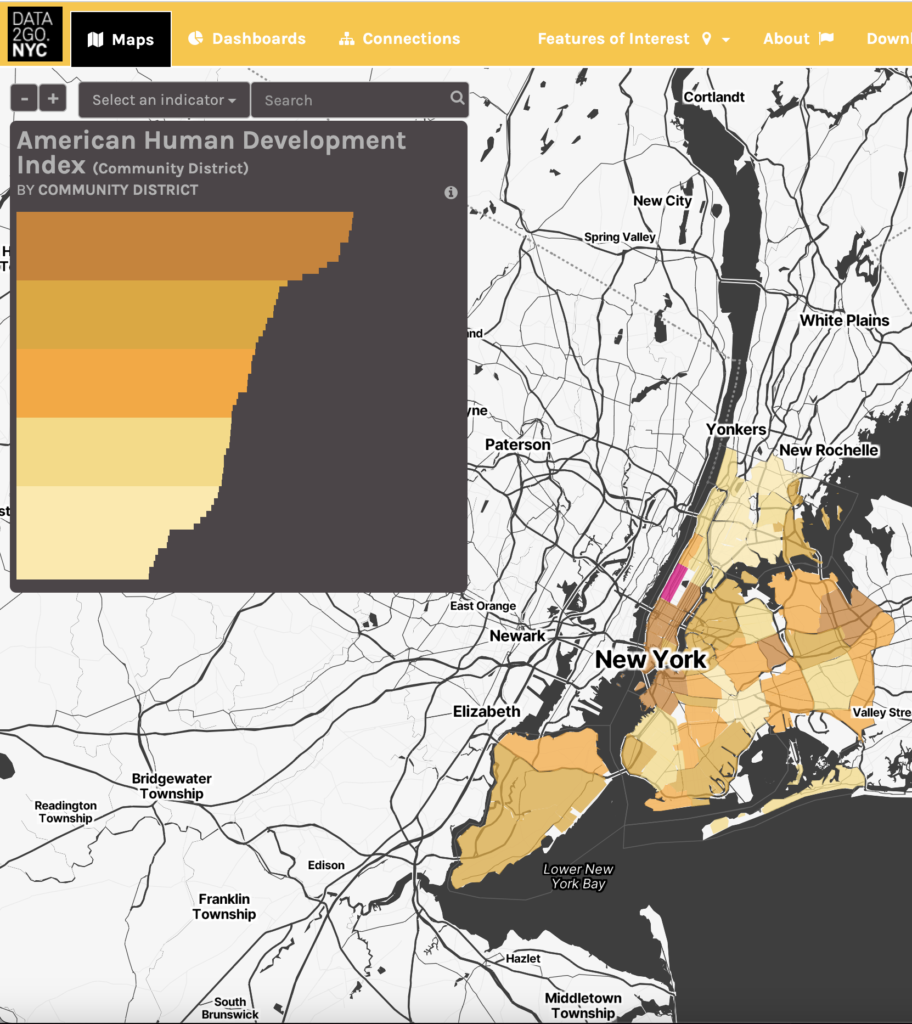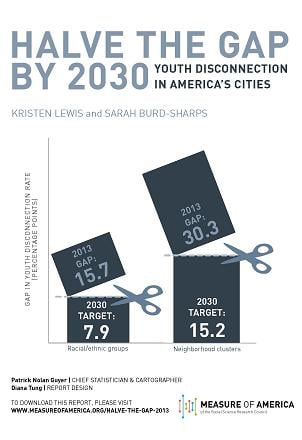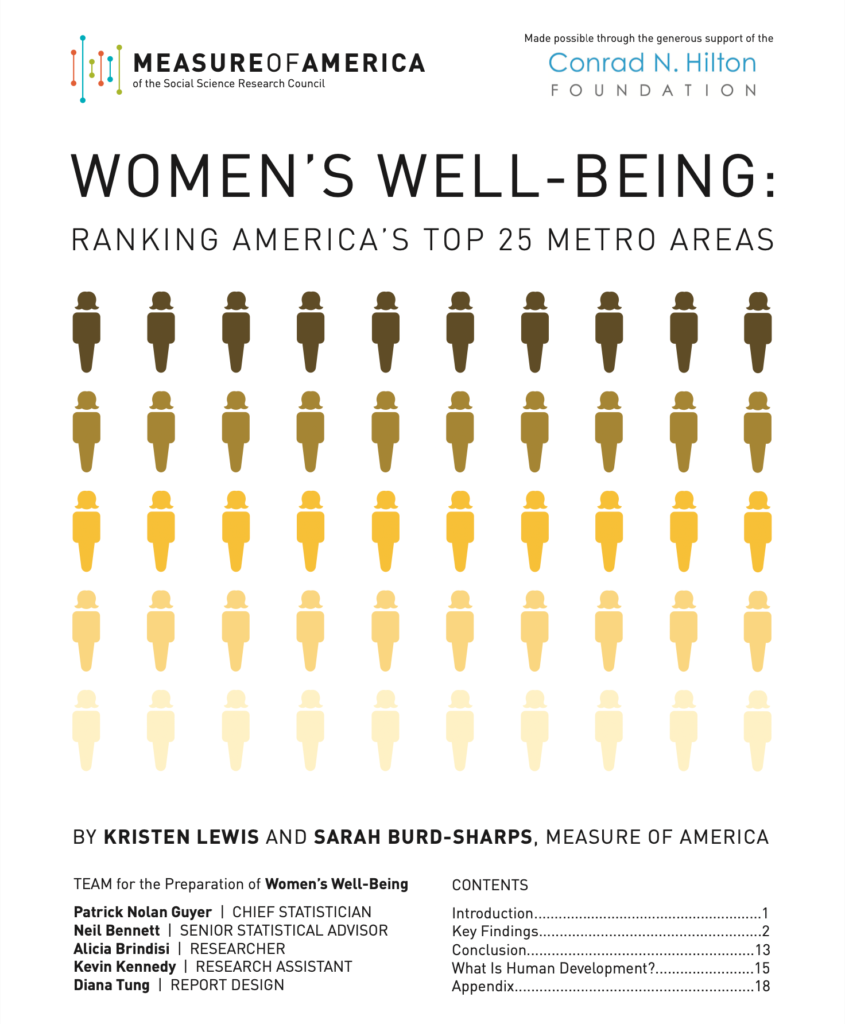Our Work
DATA2GO.NYC
Data Tool | April 30, 2025DATA2GO.NYC is a free, interactive tool that lets you explore over 400 indicators related to human well-being and inequality across New York City's nearly 200 neighborhoods.
Ensuring an Equitable Recovery: Addressing Covid-19’s Impact on Education
Report | October 3, 2023Ensuring an Equitable Recovery presents 2021 youth disconnection rates for the United States as a whole as well as by gender, race and ethnicity, region, state, metro area, and congressional district.
Building Bright Futures for Youth in New Orleans
Report | 2022/11/17Building Bright Futures for Youth in New Orleans: Spotlight on Young Women provides an in-depth look at youth disconnection in Greater New Orleans (the New Orleans metropolitan area). The report also has a special focus on young women.
Mapping America Tool
Data Tool | June 17, 2021With over 100 indicators, Mapping America allows users to explore data like they never have before. Users can plug in their zip codes to locate human development levels within their own communities, compare places and indicators, and more.
OurHome.NYC
Data Tool | February 12, 2020OurHome.NYC is a free, easy-to-use online mapping and data tool that depicts the relationship between health, as measured by life expectancy, and housing across more than 300 New York City Housing Authority (NYCHA) developments.
Two Futures: The Economic Case for Keeping Youth on Track
Report | October 9, 2018Building on Measure of America’s Disconnected Youth Series, Two Futures: The Economic Case for Keeping Youth on Track finds that by the time they reach their thirties, those who had been working or in school as teens and young adults earn $31,000 more per year.
DATA2GO.NYC
Data Tool | October 28, 2015Data2Go.NYC allows users to visualize where people in need are, what resources are available to assist them, where gaps exist, and how different factors interact to shape the choices and opportunities available to them.
HALVE THE GAP BY 2030: Youth Disconnection in America’s Cities
Report | October 24, 2013In this report we imagine, in very specific terms, a different, better tomorrow. We lay out an ambitious but attainable goal: to halve the gaps between the most- and least-connected neighborhoods and between racial groups in half by 2030.
Women’s Well-Being: Ranking America’s Top 25 Metro Areas
Report | April 25, 2012This analysis shows that the well-being of women living in metropolitan America varies tremendously by place as well as by race, ethnicity, age, and martial status.
